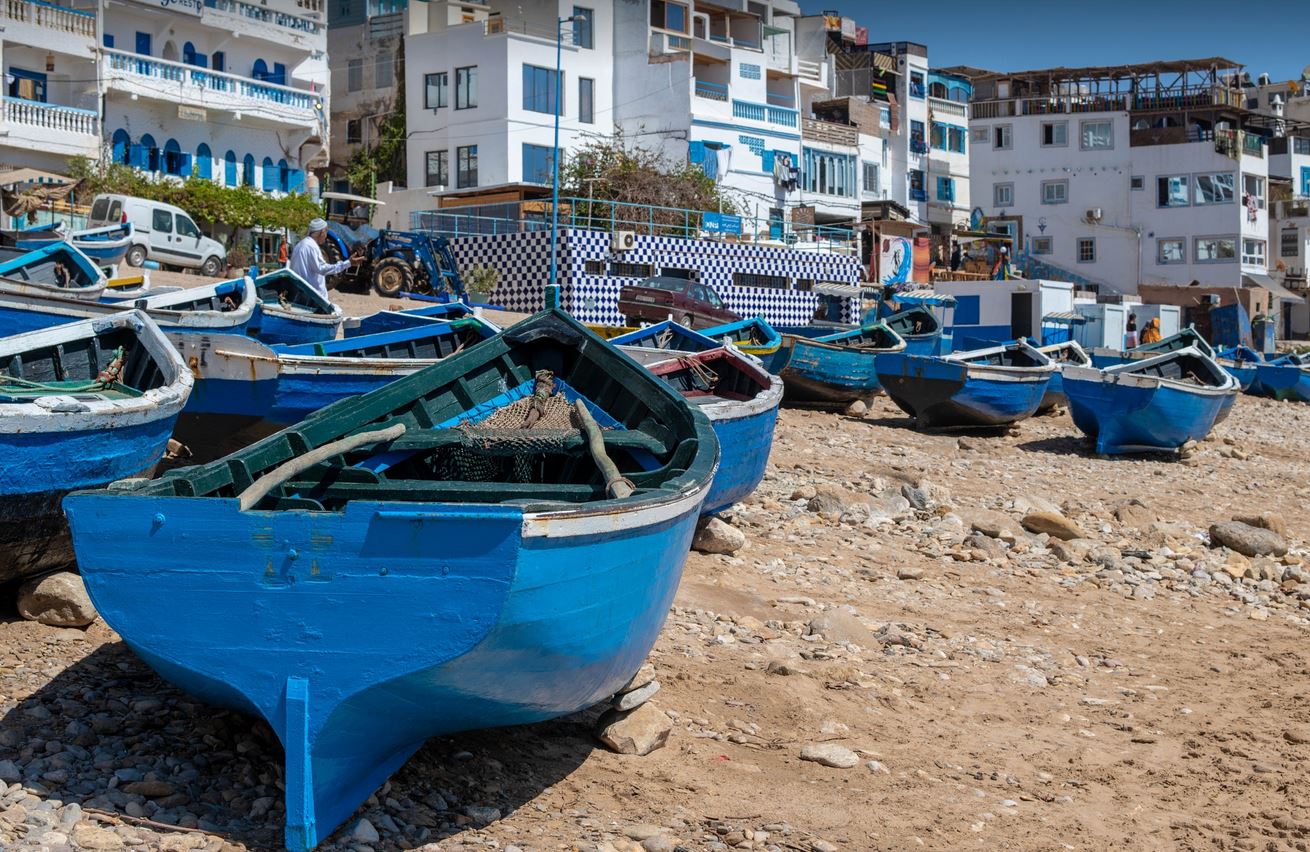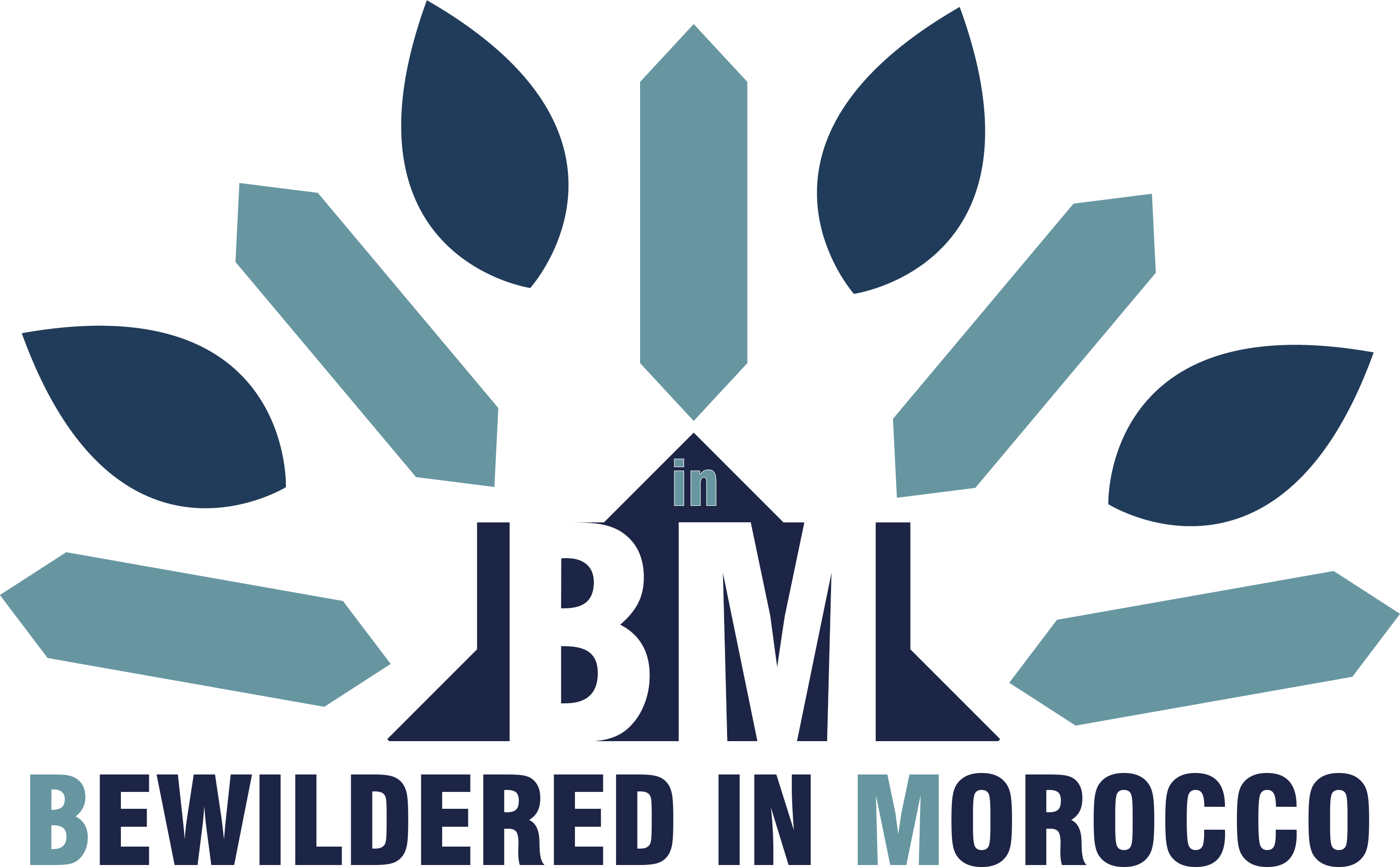Salam, my friends! I'm Hassan, born and raised in this beautiful country, and I want to share with you the magic of surfing in Morocco – not just the waves, but the soul of our coastal communities that have embraced this incredible sport.
When people ask me about surfing in Morocco, my eyes light up because I've witnessed firsthand how this ancient ocean dance has transformed our fishing villages into vibrant communities where tradition meets the modern surf lifestyle. From my childhood watching the first foreign surfers arrive in Taghazout to now seeing local kids like my nephew Youssef catching their first waves, the story of Moroccan surfing is deeply personal to me.
The birth of Morocco's surf revolution
The story of surfing in Morocco began in the 1960s when foreign travelers first discovered our incredible Atlantic coast. But it was in places like Taghazout where the real magic happened. I remember my father telling stories about the first surfers who arrived in the '70s – adventurous souls with long hair and colorful boards who treated our ocean with reverence.
What struck me most was how naturally surfing blended with our Berber traditions of hospitality and respect for nature. Surfing in Morocco isn't just about the waves; it's about the communal spirit where we share tagines after sessions and welcome travelers as family. This is why our surf culture feels different from anywhere else in the world.
Taghazout: Where surfing in Morocco comes alive

Let me tell you about Taghazout, my second home and the beating heart of surfing in Morocco. This village, once just a sleepy fishing community, has become what we lovingly call "Morocco's Gold Coast." The transformation has been incredible – over 20 world-class surf spots within 15 minutes, a clifftop skate park with ocean views, and a community where the rhythm of life follows the tides.
Anchor Point is our crown jewel – a legendary right-hand point break that can deliver rides up to 500 meters long. I've surfed it countless times, and each session feels like a conversation with the Atlantic. The way the wave starts mellow then transforms into the powerful "Bowl" section still gives me goosebumps. But I must warn you – with great waves comes great crowds, especially during winter mornings when you might share the lineup with 50 other surfers.
For those just starting their surfing in Morocco journey, I always recommend Banana Point in nearby Tamraght. It's where I taught my own children to surf – gentle waves over sand, no intimidating rocks, and the kind of forgiving conditions that build confidence. My friend Kamal, who's been teaching here for over 20 years, always says, "First we talk about respecting the sea, then comes playtime."
The seasons of surfing in Morocco

Team warm-up before the surf class with the instructors from Paradis Plage
Understanding our seasons is crucial for surfing in Morocco. Winter (November to March) brings the most consistent swells from North Atlantic storms. The water temperature drops to 16-18°C, requiring a 3/2mm or 4/3mm wetsuit, but the reward is waves that can reach 12 feet with offshore winds that groom them to perfection.
I personally love surfing during our shoulder seasons – April to May and September to October. The crowds thin out, water temperatures are comfortable at 18-21°C, and you get this perfect balance of decent waves with pleasant weather. Summer months see smaller waves, perfect for beginners, though the strong thermal winds can make afternoons challenging.
Beyond Taghazout: Morocco's hidden surf gems
While Taghazout gets most of the attention, surfing in Morocco offers so much more. Imsouane, about an hour south, holds the secret to the longest wave in Africa. "The Bay" can deliver rides lasting three minutes – imagine that! It's a right-hand point break over sand that works for all levels, making it paradise for longboarders and soul surfers.
I've spent countless dawns at Tamri, 35 minutes north of Taghazout, which we call our "swell magnet" because it works when everywhere else is flat. Surrounded by banana plantations and sometimes graced by flamingos, it's where I go when I need to escape the crowds and reconnect with the pure joy of surfing.
The heart of surfing in Morocco: Our local community
What makes surfing in Morocco truly special isn't just the waves – it's our people. When I watch kids start surfing as young as six or seven years old, their parents working as fishermen, it reminds me how naturally this sport has integrated into our culture. As one local surfer told me: "If there are waves, there is life. If there are no waves, there is no life for us."
I've seen how surfing becomes addictive – like a drug, in the best way possible. Once you catch that first wave in Morocco, you can't stop. It becomes part of who you are. This transformation happened to our entire community. Where once we had maybe 10 surfers in the whole town, now it seems like everyone surfs.
I've watched how surfing has transformed our economy too. In Taghazout, almost everyone makes a living from the waves – surf guides, instructors, camp owners, board shapers. Youth programs like our skate park have given local kids alternatives to traditional paths, creating a generation that sees the ocean as opportunity rather than just a source of fish.
Your practical guide to surfing in Morocco
Planning your surfing in Morocco adventure? Let me share some insider knowledge. Budget around €30-40 daily for backpacker-style travel, including hostel accommodation and local meals. Mid-range travelers should expect €60-80 daily for comfortable riads and mixed dining experiences. Surf lessons cost €25-50 for group sessions, while equipment rental runs about €15-20 daily.
For accommodation, I recommend staying in Tamraght if you want authentic village life, or Taghazout for the full surf town experience. Imsouane offers tranquility but requires more planning. Most surf camps include meals, accommodation, and transport to breaks for €350-650 per week.
Don't forget to respect our customs – dress modestly when not on the beach, especially during Ramadan. Learn a few Arabic phrases like "Salam" (hello) and "Shukran" (thank you). These small gestures mean everything to locals like us.
Safety and respect in Moroccan waters
Surfing in Morocco requires respect for both the ocean and our culture. Our breaks can be powerful, with sharp rocks and strong currents. Never surf alone, and if you're unsure about conditions, ask local surfers or join guided sessions. At crowded spots like Anchor Point, respect the lineup hierarchy – locals often have right of way at the peak.
The key advice I give everyone is simple: don't be afraid of the waves, don't be afraid of the water, but don't force yourself either. Surfing is just for fun. Start slowly, practice regularly, and remember that becoming good takes time. If you stop surfing for a month, you'll feel like you're starting again.
The addictive magic of Moroccan waves
There's something addictive about surfing in Morocco that brings people back year after year. Maybe it's the reliable right-hand point breaks, the warm hospitality, or the way a perfect Anchor Point session can feel like a spiritual experience. I've seen surfers arrive for a two-week holiday and end up staying for months, completely enchanted by our lifestyle.
Our skate park overlooking the ocean, youth programs teaching local kids to surf, and the constant sound of Arabic mixed with English, French, and Berber languages create an atmosphere unlike anywhere else. When I watch the sunrise from Hash Point, seeing my community wake up to another day of waves, I'm reminded why surfing in Morocco isn't just about the sport – it's about embracing a way of life.
Experience the magic yourself
Whether you're drawn by the legendary waves of Anchor Point, the endless rides of Imsouane, or the authentic culture of our coastal villages, surfing in Morocco offers an experience that will change how you see both surfing and travel. Come as a visitor, but I guarantee you'll leave as family.
Pack your sense of adventure, respect for our culture, and openness to new experiences. The waves are waiting, the tagines are cooking, and our community is ready to welcome you to the incredible world of surfing in Morocco.
Have you experienced the magic of surfing in Morocco? Share your stories or questions in the comments below – I'd love to hear about your adventures or help you plan your first Moroccan surf trip!
Baraka Allah fik (God bless you), and see you in the lineup!
